In pre-show interviews, the curator of this year’s Venice Biennale exhibition, Christine Macel, told journalists that – in contrast to the heavy-handed political agenda of recent biennales – this one was all about individual practice. ‘Viva Arte Viva’ promised to foreground artistic production and get down to the nitty gritty of what it is to be an artist. With this agenda, she seemed to be acknowledging the tiresome nature of the grand curatorial conceit that has become near-mandatory in big contemporary art exhibitions. To my mind, that is an eminently reasonable proposition. Why, then, did she so determinedly ignore her own counsel?
The vast Arsenale space is adorned with curatorial wall texts as if they were art-world heraldry. Each of them offers a more or less garbled political statement, the specifics of which are elusive. ‘How do you build something in common in a world that has failed to realize all its projects of equality and fraternity other than by attempting to recreate here and there, at the micropolitical level, conditions for new possibilities?’ asks one caption. If you don’t follow the question, never mind, you won’t find any answers to it.
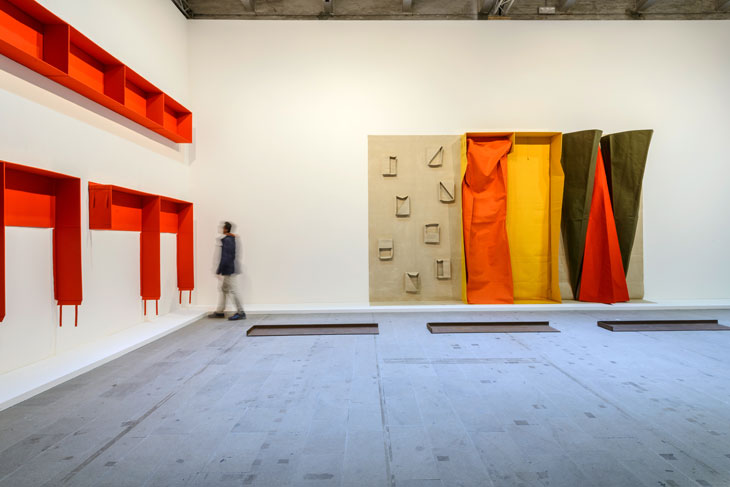
A selection of works by Franz Erhard Walther dating from 1975–86, on display at ‘Viva Art Viva’. Photo: Andrea Avezzù, courtesy La Biennale di Venezia
And so it drags on through the Arsenale and into the central pavilion of the Giardini, paying lip service to feminism, post-colonialism, shamanism and just about any other ontological -ism you’d care to name, without saying anything salient about any of them.
‘If nothing is done to help you to have an emotion that will stain your mind, of course you will forget most of the artists,’ Macel told the Art Newspaper prior to the opening. Well, quite. To be fair to the individual artists, much of their work is suffocated by the deadening weight of the curatorial scheme – but the display as a whole is among the least visually stimulating I’ve yet encountered.
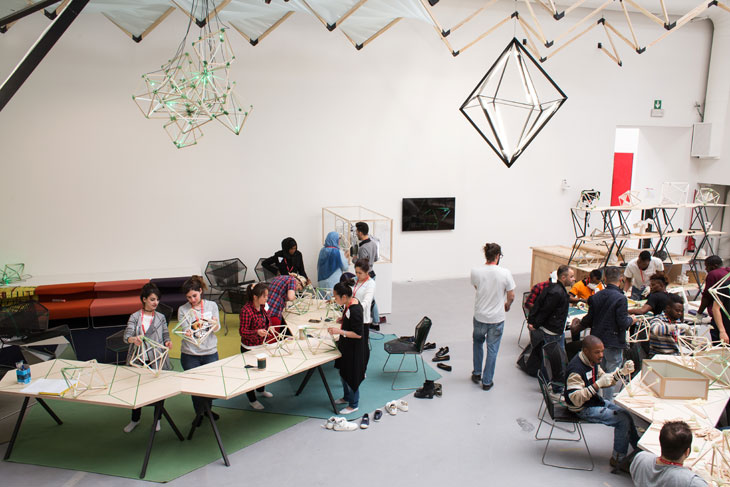
Green light – An artistic workshop by Olafur Eliasson. Photo: Francesco Galli, courtesy La Biennale di Venezia
Textile-based work is everywhere, from Franz Erhard Walther’s fabric installations to a ceiling-high pile of Sheila Hicks’s gigantic woollen balls. There are many exhibits that look like failed attempts at dreamcatchers, tangles of thread and countless displays of women’s dresses, variously framed, draped over spooky mannequins or just left strewn on the ground. I’m led to infer that this is a comment on the environment – proposing a return to traditional craft or some such. This is not clearly elaborated, rendering the point as woolly as Hicks’s (admittedly splendid) oversized knitting gear.
Elsewhere, artists riff on the voguish subject of the wunderkammer. A few weeks ago, I visited Art Brussels and saw a lot of work on the same theme. There, the subject was addressed with wit and impressive self-awareness, responding to the idea of collecting as a means of self-expression and its uneasy place within the confines of a commercial art fair. In Venice, you’re just left shrugging at endless vitrines filled with rocks, tools and yet more bloody textiles.
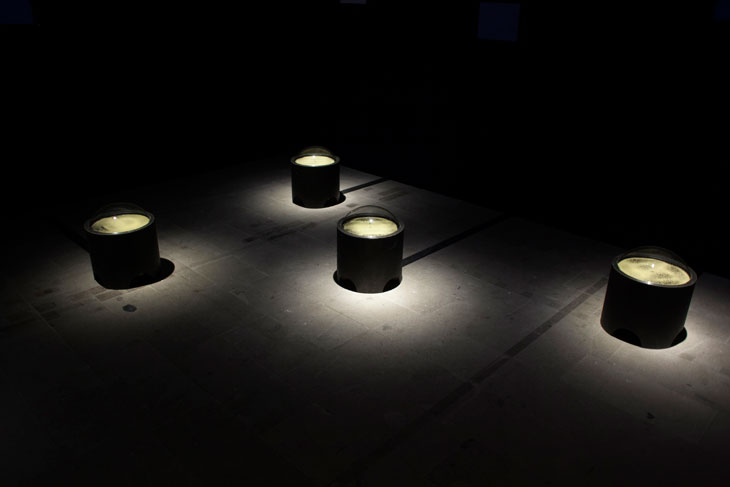
Narrative Vibrations (2017), Kader Attia. Photo: Italo Rondinella, courtesy La Biennale di Venezia
More problematic entirely is ‘Viva, Arte, Viva’s attempt to address the refugee crisis. Olafur Eliasson has drafted in real life migrants from a camp on the mainland, and put them to work in a room in the Giardini making green lanterns for sale to visitors, with proceeds going to a refugee charity. You can’t fault the Icelandic artist for his good intentions – I don’t believe there’s an iota of cynicism – but however earnest, incorporating a group of people who embody most Biennale-goers’ idea of the ‘other’ into an art exhibit opens a Pandora’s Box of ethical dilemmas.
Naturally with an exhibition of this size, there are highlights. Pauline Curnier Jardin’s bonkers film Grotta Profunda Approfondita is a blast, featuring grotesque masks, wild music and sweaty, psychedelic colour that calls to mind the reels for Henri-Georges Clouzot’s unfinished masterpiece L’Enfer. Another imaginative and visually captivating work is Kader Attia’s installation, featuring multiple TV screens showing a singer performing in Arabic, and grains of couscous bouncing up and down to the cadences of her voice. These, however, are exceptions.
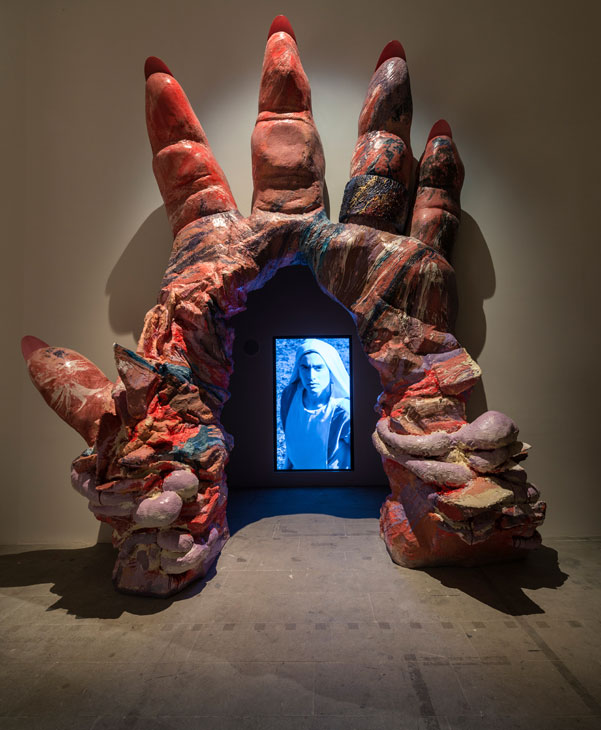
Grotta Profunda, Approfundita (2011–17), Pauline Curnier Jardin. Photo: Andrea Avezzù, courtesy La Biennale di Venezia
I’m left struggling to figure out quite how this show ended up so limp and antithetical to its premise. Why, having decided to avoid topical, overarching themes, would anyone then present a display that flits through all of them? This exhibition fails to say anything new with impressive consistency. What a shame that’s the only impressive thing about it.
The 57th International Art Exhibition, Venice, runs from 13 May–26 November.
Unlimited access from just $16 every 3 months
Subscribe to get unlimited and exclusive access to the top art stories, interviews and exhibition reviews.

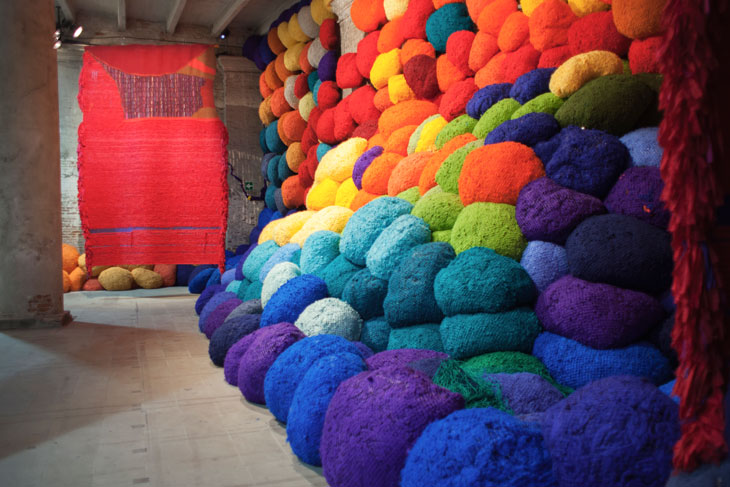

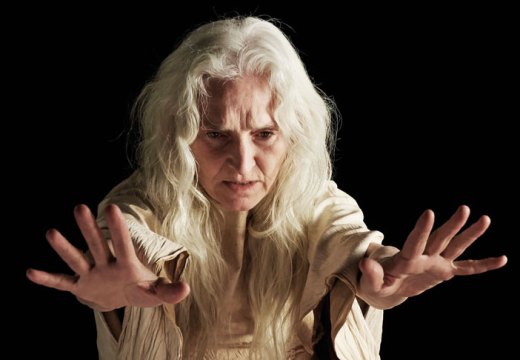
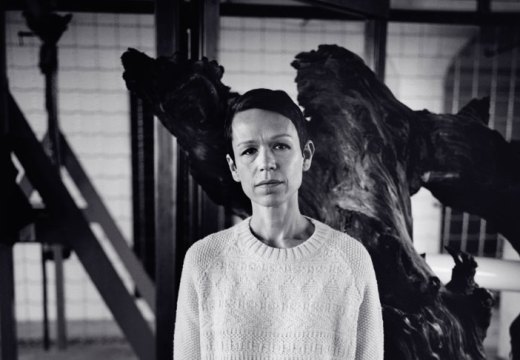









![Masterpiece [Re]discovery 2022. Photo: Ben Fisher Photography, courtesy of Masterpiece London](http://www.apollo-magazine.com/wp-content/uploads/2022/07/MPL2022_4263.jpg)
It’s time for the government of London to return to its rightful home